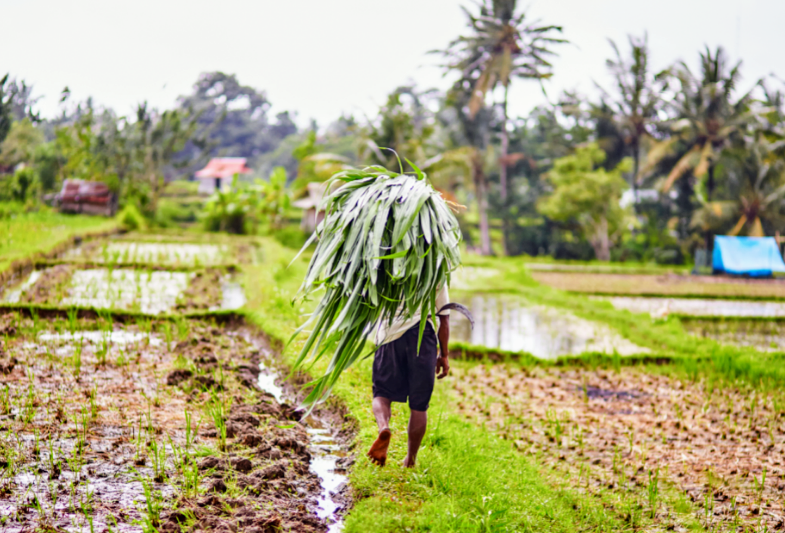
Forced labor is a big part of the food supply chain
We all want to feel good about the food we eat, but we don’t always consider whether or not the people growing and harvesting our food had a choice in the matter. Forced labor – almost always a component of slavery – could be a more integral part of our foods’ supply chain than many of us realize.
“Sustainability research on the food supply typically focuses on promoting human health and protecting the environment. But social sustainability provides a different perspective on our food sources, including issues of labor rights and equity. Globally, agriculture has one of the highest incidences of forced labor,” said study lead author Nichole Tichenor Blackstone of Tufts University.
Sourcing data from both governments and non-profits, Blackstone and her co-authors looked at where 93 different fruits and vegetables were sourced from, and cross-referenced this data with what different countries’ labor laws looked like.
“What we’ve done, for the first time, is to look at all of the major fruits and vegetables consumed in the U.S., as well as all of the countries these foods come from, including the U.S., and assess the possibility that somewhere in the production process forced labor could have been involved,” explained Blackstone.
In the end, 85 percent of food-country combinations had a high risk of incorporating forced labor somewhere in the supply chain. Seven percent scored as having a very high risk. To those of us accustomed to only considering our foods’ environmental impact, this is quite a staggering percentage.
“There are major structural issues with how agricultural labor is set up that make workers vulnerable,” said Blackstone. “To us, this reflects systemic issues in food supply chains that have not been addressed. Our findings point to the need for policymakers, farmers, and food companies to engage with farm workers to address the systemic issues.”
According to the International Labor Organization, forced labor refers to work that is performed involuntarily and under the menace of any penalty. “It refers to situations in which persons are coerced to work through the use of violence or intimidation, or by more subtle means such as manipulated debt, retention of identity papers or threats of denunciation to immigration authorities.”
“Forced labor in agriculture is a threat to the sustainability of food systems,” wrote the study authors. “However, the scarcity of data noted limits holistic analysis and action.”
“Future research should prioritize data and model development to enable analyses of forced labor and other labor-related social risks (e.g., wages, child labor) across the life cycles of a wide range of foods. These efforts can help ensure that the rights and dignity of ‘the hands that feed us’ are centered in the transformation of food systems.”
The study is published in the journal Nature Food.
—
By Alex Ruger, Earth.com Staff Writer












